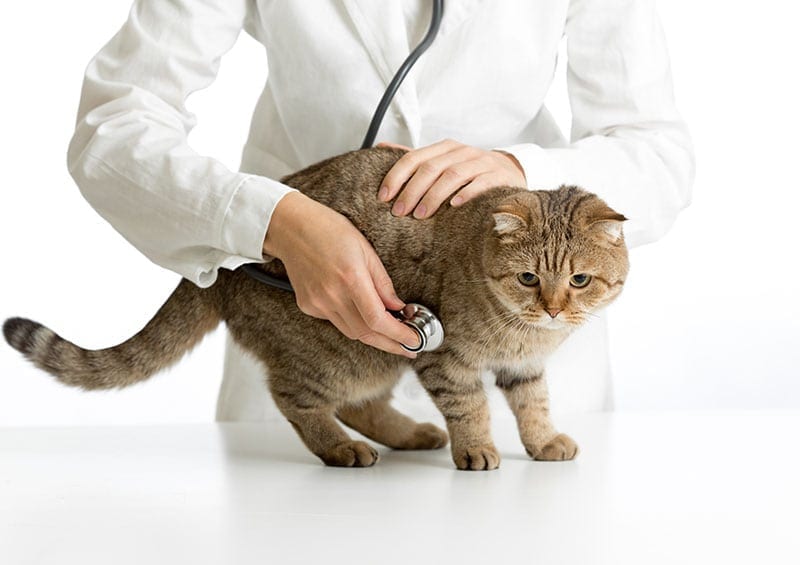Sometimes life seems to pull us in a zillion directions. Sometimes I feel there just aren’t enough hours in the day to accomplish all I’m supposed to. I’m pretty sure I’m not the only one with a “to do” list a mile long. Sometimes I cross stuff off the list and even rewrite the list. I actually have short-term and long-term “to do” lists in the notes app on my iPad. Boy does it feel good to take something off the list! The sense of accomplishment is great and the guilt for having put it off washes away. Ahh! Today I will talk about Blood Glucose Curves.
One of the more common neglected items on the “to do” list for those who have a diabetic pet is to run periodic blood glucose curves. They should be checked a week after an insulin dose change and probably every few months even when we think we’ve got Fluffy’s glucose well regulated. It’s such a simple task yet I often feel I’m nagging my clients to run them. They are so much more accurate at home that I strongly encourage home glucose testing, but if I just can’t get them to do one I’ll have them bring the pet into the clinic for a curve.
I figure blood glucose curves are on many a “to do” list. Perhaps I can help. Find a day when you have to be home anyway… Say you are waiting for the cable guy. Save up other tasks that require you be at home that you also do that day. Catch up on laundry. Balance your checkbook. Clean the house. Do homework. Maybe just treat yourself to a day of movies on the couch. Or, if you have chores that take you away from one for just a few minutes they can be on the curve day as well.
Really, checking a blood glucose for most pets just takes a minute or so. And then add on a few seconds for you to scribble down the results for your vet to later evaluate. On a curve day you want to check the blood glucose in the morning at then give the meal and the insulin. Then you check it every 2 hours until the next meal and insulin dose. If the glucose goes below 150 I like to check it every hour until it rises. This way I don’t miss the the nadir. The nadir is where the blood glucose bottoms out. The nadir is important because it tells us if we should or could increase or decrease the insulin dose. A glucose curve also tells us how long the insulin lasts for a pet. One of the issues with NPH and Vetsulin is that for some dogs they doesn’t last long enough. If that is the case we might try Levemir which lasts a longer and is very potent in dogs. For kitties we tend to choose long lasting insulin such as Glargine or PZI so we don’t see as much of a curve as a gradual dip, particularly when paired with a low-carb diet. Blood Glucose Curves are how we can tell if an insulin is working well for a particular pet.
Of course we use clinical signs to guide us as to whether we are doing a good job. If a pet isn’t drinking or peeing excessively, is maintaining body weight and feels good there is a good chance we have regulation. Curves are about finding the right dose and then periodically tweaking the dose as needed. Some owners assume that once we find a dose that works the pet will be on that dose forever. Nope. Pets’ insulin needs change over time. As we get possible causes of insulin resistance under control we might even be able to decrease the dose. Or, a pancreas might be making some insulin (yet not enough) at diagnosis. Over time the pancreas might just tucker out and we may need to increase the insulin dose. Insulin dosing can change over time! Insulin dosing can also vary with the diet fed. It’s much better to be proactive about insulin dosing than to find yourself in the ER when Fluffy has a crisis.
I guess what I’m saying is, just do it. It’s not worth feeling guilty that you’ve not run one. We all know that Fluffy is your best pal. Heck, most of us prefer our pets over many of our family and friends. I know you would do anything for your pet. And yet, so many pet owners put off running blood glucose curves. You’ll feel better about yourself once it’s done. I promise.
You know I like hearing from our readers. Don’t hesitate to email me at joi.suttondvm@adwdiabetes.com
NOTE: Consult your veterinarian first to make sure my recommendations fit your pets special health needs.







Leave A Comment